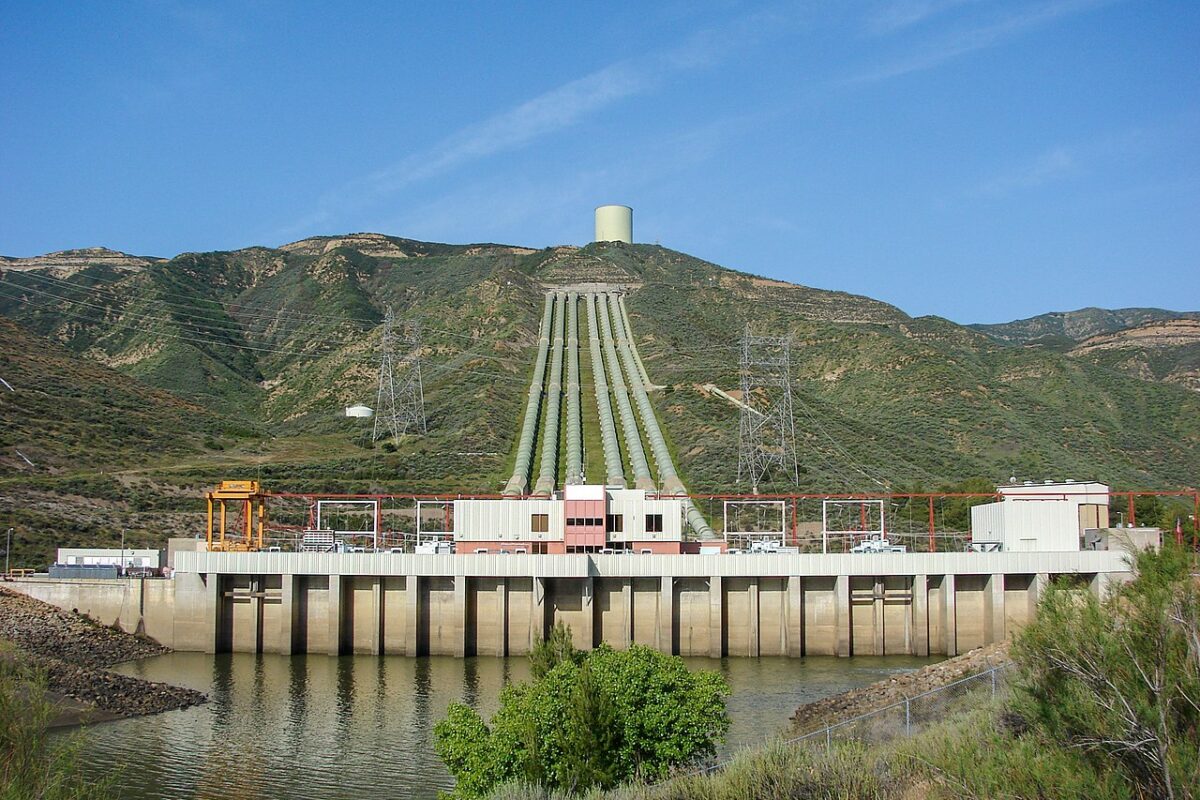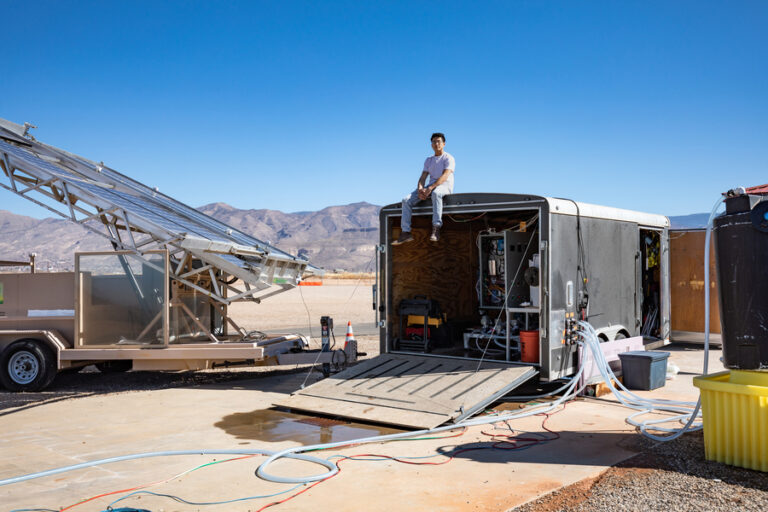The proposed brackish water desalination system uses photovoltaic electrodialysis to enable direct drive desalination at high production rates. It had been operating on truly brackish groundwater for 6 months and was reportedly able to use 94% of the PV energy extracted.
Researchers from the Massachusetts Institute of Technology (MIT) have built a brackish groundwater desalination system powered solely by PV energy that is reportedly able to quickly respond to small changes in solar radiation to maximize solar energy generation.
“The solar-powered system removes salt from water at a rate that closely follows changes in solar energy,” the research team said in a statement. “As sunlight increases throughout the day, the system ramps up the desalination process and automatically adapts to sudden variations in sunlight, for example by turning down in response to a passing cloud or turning up as the air clears up.”
The system is based on photovoltaic electrodialysis (PV-ED) technology that enables direct desalination at high production rates and requiring little or no energy storage. PV-ED consists of a mass separation process that uses direct current to electrically charge membranes and an electrical potential difference, which are then used to separate ionic species from an aqueous solution.
This desalination technology is claimed to have higher water recovery rates, easier operation, longer membrane life and improved performance at high temperatures compared to reverse osmosis (RO) techniques. However, broad commercial application has so far been prevented by limitations such as membrane fouling and permselectivity measures the ability of a membrane to distinguish between anions and cations.
Image: MIT, natural water, Common License CC BY 4.0
The system consists of solar panels, Maximum Power Point Tracking (MPPT), batch tanks, parallel pumps, an ED stack and reversing valves. “In the electrodialysis stack, ions are transferred across selectively charged membranes: including pairs of a cation exchange membrane (CEM) and an anion exchange membrane (AEM),” the scientists explained.
“The system continues to increase the flow rate and thus the applied current density, until the sum of their power matches the available power,” the group said, referring to the ability to adapt to different radiation levels throughout the day. “In the event that the system has a reduction in power, it will continue to reduce the commanded pump power and resulting current density until it has matched the available power.”
The team tested the first prototype of the system on groundwater wells in New Mexico for six months and found that it could produce up to 5,000 gallons per day. Additionally, the company found that it could use approximately 93.74% of the energy generated by the photovoltaic modules while requiring “minimal” energy storage.
These results were reportedly achieved with large fluctuations in weather conditions and solar radiation.
“Flow-commanded current control PV-ED provides a simple water desalination strategy for resource-constrained communities and has implications for decarbonization of larger, energy-intensive desalination industries,” the scientists said, adding that brackish groundwater is an untapped resource of potential drinking sources. water. “The majority of the population actually lives far enough from the coast that seawater desalination would never reach them. They are therefore highly dependent on groundwater, especially in remote areas with low incomes.”
The system was described in the study “Directly driven photovoltaic electrodialysis via current-driven current control”, published in natural water.
This content is copyrighted and may not be reused. If you would like to collaborate with us and reuse some of our content, please contact: editors@pv-magazine.com.
Popular content



